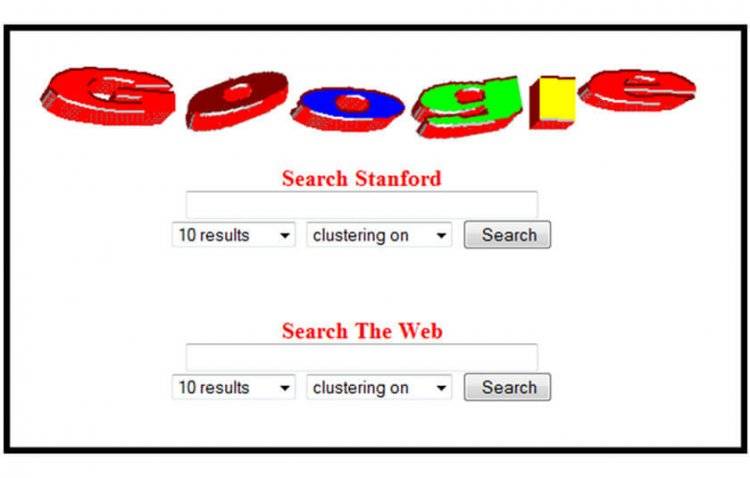
Search engine optimisation has changed dramatically since the Internet became a viable way of researching information, products and services in the 1990’s.
The very first website, was a resource system, allowing universal access to a “large amount” of documents and the project was termed as W3.

Over time, websites have evolved to include information, graphics, images, videos, presentations, and sales of products and services. According to the web server survey in 2014 there were almost 1 billion websites, and billions of website pages. Becoming noticed in this busy landscape has become its own industry, with website owners wanting their sites at the top of the search engine results.
What is SEO?
Search engine optimisation (SEO) refers to the methods used to increase the frequency of a website appearing in search engine results. When search engines first started, they only read a website title tags to deliver a result for a given search. These days the formula is far more complex with over 200 ranking factors considered within a computer algorithm to deliver results to the user.
With Google being the current leading search engine (it has been for many years), any work that gets done on a website to improve its ranking should be done with the Google algorithm in mind and current SEO best practice.
A Brief History of Google
As a search engine, www.google.com had 18 months of research and development prior to being registered as a domain in 1997, since the launch it has had many changes over the years in the way it reads and responds to data.
| Year | Item Introduced | Today |
| 2001 | Image search released | Googlebot can “see” and identify an image |
| 2002 | Start publicly announcing algorithm changes | Rolling updates to the algorithm – over 500 a year (more than 1 a day) |
| 2004 | “Google Suggest” introduced in Labs to help reduce spelling errors, keystrokes and formulate queries | Google autocomplete is part of the standard Google search box |
| 2006 | Google Trends launched, to visualise popularity of searches over time | Google Trends often used as a research tool for keywords and keyphrases |
| 2010 | Google penalties start, sites get “slapped” and pushed further down in search results | Sites get deindexed for attempting to manipulate Google search results. |
| 2011 | Google+ Pages introduced for business, organisations and publications | Now known as Google my Business, includes maps, search results and Google+ |
| 2011 | Google Panda Launched – focused on content farms and scrapers | Panda is a rolling update aiming at improving quality site content |
| 2012 | Google Penguin – aimed at websites manipulating quantity of links to a website | Penguin is a rolling update, webmasters now focus on quality of links over quantity |
| 2012 | Knowledge graph – the beginning of semantic search | The Knowledge vault had over 1.6Billion facts in 2014 |
| 2014 | Google Pigeon released to provide preference to local search results | Through geotargeting, users get search results in their local area |
| 2015 | Mobile usability update – termed Mobilegeddon. Google blocks flash and more. | Mobile devices start providing 35% or more of searchers, mobile responsive websites show higher in search results |

Modern Search Results
Over the years Google has engineered its search results to deliver high quality, relevant results when people search for something on the internet.
In order to supply the best result for the user intention, Google has to be able to read relevant factors on a website to ensure the site it serves up will actually answer the questions people are searching for. Whether it be the best price on something they are shopping for, or a fun cat video to entertain the kids.
SEO Today
The way towards delivering great user experience and gaining ranking in search engine results is summarised below with QUART, which will help your website the most in the long term.
- Quality – content that is appropriate for the topic and the niche the website is built for, as well as high quality links.
- Unique – content that is fresh and has been written anew, rather than being copied or duplicated from elsewhere.
- Authorative – giving facts, information and detail that shows your site to be an authority in your industry, as well as having high URL or domain ratings.
- Relevant – having all the information on the site relate to each other and being relevant for a user’s searches, delivering information with a purpose.
- Trustworthy – that users spend time on your site and that other sites with a high authority link to your site, getting votes of trust from other locations on the internet.
On-site elements
On your website, the elements that need QUART applied are the title tags, meta descriptions, headings, image alt text and content. Having identified your set of keywords or key phrases, and using them in these locations as both an exact match and semantic searches to get the best search results.
Off-site elements
Off the website, and still just as important as onsite elements, are methods that show Google information about your site for delivering the right dataset to a searcher. Ensuring the name, address, phone number (NAP) and other details on the site match from the website to quality directories like yellowpages, startlocal and others, helps Google deliver trustworthy results in local listings.

User Experience
Helping the people who use your website to get what they need easily, as well as wanting to interact with your site and convert to goals you have set for your site is an important part of SEO. Through Analytics data, Google sees how much time people spend on your site, how many pages they visit and the bounce rate, among other data. When they advise us to make our sites more interactive, these are some of the key areas we can focus on with measurable results.
Measuring SEO Success
There are many ways of measuring success in search engine optimisation. The main one is the use of keyword ranking, which involves seeing if the particular word or phrase you have targeted for your website is high in the serps (search engine results page).
Moving your keywords higher in the search results can be a long journey for some sites, especially if they have poor quality content or a low user interaction. Additional onsite work may be required to help improve user experience, which in turn enhances the position in the serps.
Sometimes the aim for the serps should simply be to have your website appear for your key search terms on page 1 (in the first 10 positions) and to have higher results in the other targeted measurable areas including lower bounce rates, higher interactions and more time being spent of your site by visitors.
Having positive mentions across social media and real interactions in blogs or forums and an increase in links to your site from other quality relevant websites is also a key component. Other success factors for your site include the number of impressions your site is gaining and the click through rate to your site increasing.
Listen to The Google
Google’s greatest aim is to deliver high quality, relevant results to the people who are using it as a search engine. This is why they refine and improve their algorithm constantly, and keep applying updates. In order to match in with Google, the direction for modern SEO is for your brand to have high visibility in the search engine results and greater user interaction through delivering quality, enjoyable websites that answer people’s needs.






